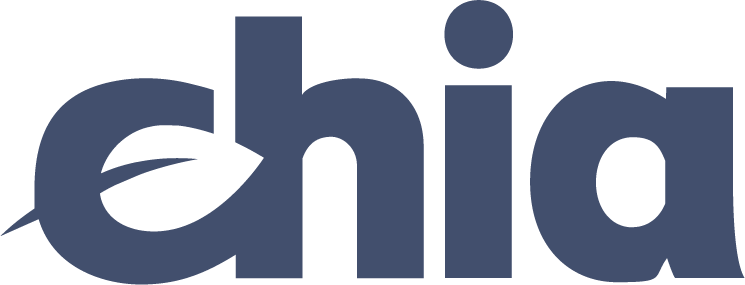The past often serves as a great framework to build for the future. One Market™ on the Chia Blockchain embraces three old-school rules, tools, and systems of markets–but we put quintessentially modern innovations on top of them to create something revolutionary.
And when you are building revolutionary technology, no matter what it does or how differentiated it is, there will always be a constant: the humans using it.
Paper Stock Certificates
The entities that became the Depository Trust & Clearing Company were created in the mid 1970s to attempt to stop sending messengers with checks and stock certificates all over Manhattan. Prior to this, generally, paper certificates had to be physically delivered net of any counter trades between each broker and institution.
The current system did not end that practice’s validity in any way. Even though it is rare these days, it’s still perfectly legal for you to bring a briefcase full of cash to someone’s office and your counterparty, having requested his paper certificate, signs the back and hands it to you. If you’ve ever bought or sold a used car, that’s a pretty good mental model of this kind of securities transaction. This has been a perfectly valid securities transaction since 1792!
The Chia blockchain, using Offers, brings this older way of doing things back to the forefront. On Chia, a Chia Asset Token (CAT) can actually be the “paper certificate.” In the Permuto use case, there is no distinction between holding it in actual paper form, “digital” form – which is on DTC the usual way today, or in CAT form on the Chia blockchain. Now, instead of taking the physical risks of meeting someone with a bag of cash, you can create a trustless Chia Offer of USDC for an Apple Dividend Certificate at your preferred price and if a counterparty likes it, they can only complete that deal at the terms you offered. They also don’t have to worry you won’t deliver your side of the bargain. That’s a whole lot better than paper certificates but when you add in 5 minute settlement finality, you’ve changed the game.
Open Outcry
There is a second vestigial practice that Chia brings back. Open outcry trading almost made it into the 21st century – I remember it from my first pass at being a public company CEO in the late ‘90s. If you’ve ever watched Trading Places, you’ve seen maybe the only Hollywood treatment of open outcry trading that I’m aware of.
The Chia ecosystem creates a 24×7 global outcry trading infrastructure. Everyone can publish their offers on the Splash! decentralized peer to peer network and listen for bids and asks for any asset or asset class. Sites can sort these into categories that you’re specifically interested in.
Now the entire world looks like One Market™.
Single Stock Voting Trusts
Finally, and primarily for our Permuto Joint Venture, we are bringing Single Stock Voting Trusts back. These were invented in the 1860s, but became prominent in the 1870s and ‘80s as J.P. Morgan used them to restructure nearly all of American railroads. The after effects of those trusts were felt into the 1990s at those railroads. J.P. used them primarily to take voting control of these companies while passing on the economic benefits.
We are going to use them to create two entirely new financial asset classes – the first new retail asset classes since the invention of the ETF in the 1990s in Canada and the first US ETFs in 1993. The irony of ultimately putting J.P. Morgan back into his toolset is not lost on us.
By splitting the dividend out from everything else in the underlying stock of companies like Microsoft, Apple, and Broadcom, we will bring an entirely new group of investors who are looking for growing cash flows and who would otherwise may never have bought these underlying stocks. And while doing that we are going to create a superior trading vehicle in the Asset Certificates for long and short investors who would otherwise be buyers or sellers of the underlying stocks. All of this while, unlike Mr. Morgan, we will put the vote back in the investor’s hands.
Delivering the Future
Innovation is done best by knowing what to invent, what to borrow, and what to keep the same. “Wait a minute, Doc. Are you telling me that you built a time machine out of a… a DeLorean?” Leveraging history has allowed us to deliver a new future that feels right at home and leverages the 400 or so years of experience with joint stock companies – much of that hard won. We’re at the threshold of the next evolution of the global financial system – more efficient markets that better serve every investor.
Exchanges? Where we’re going, we don’t need exchanges. Make more money with One Market™.
